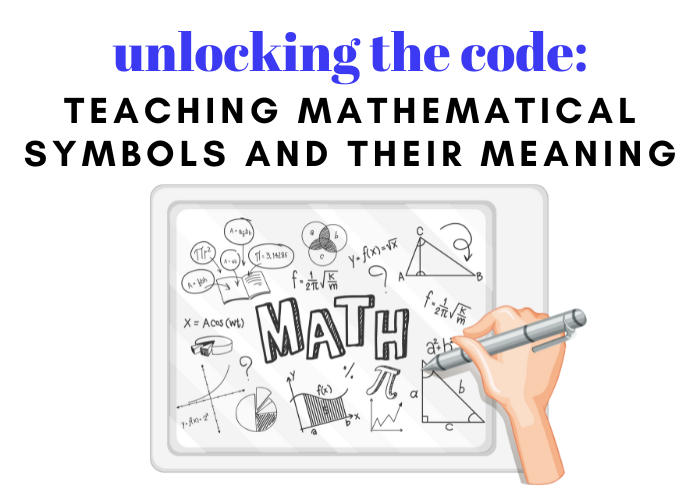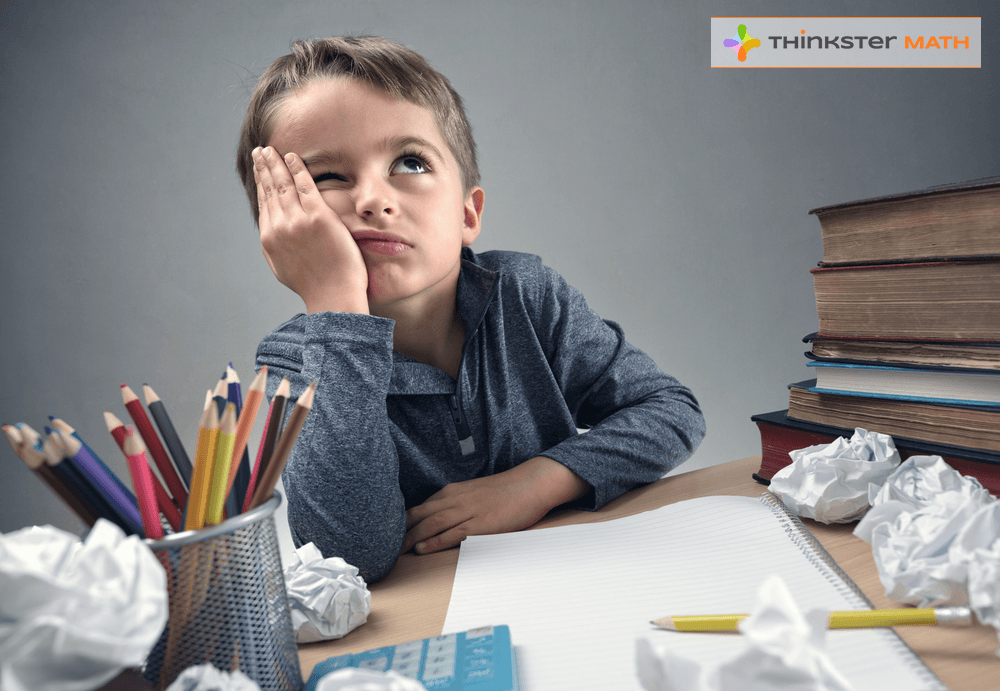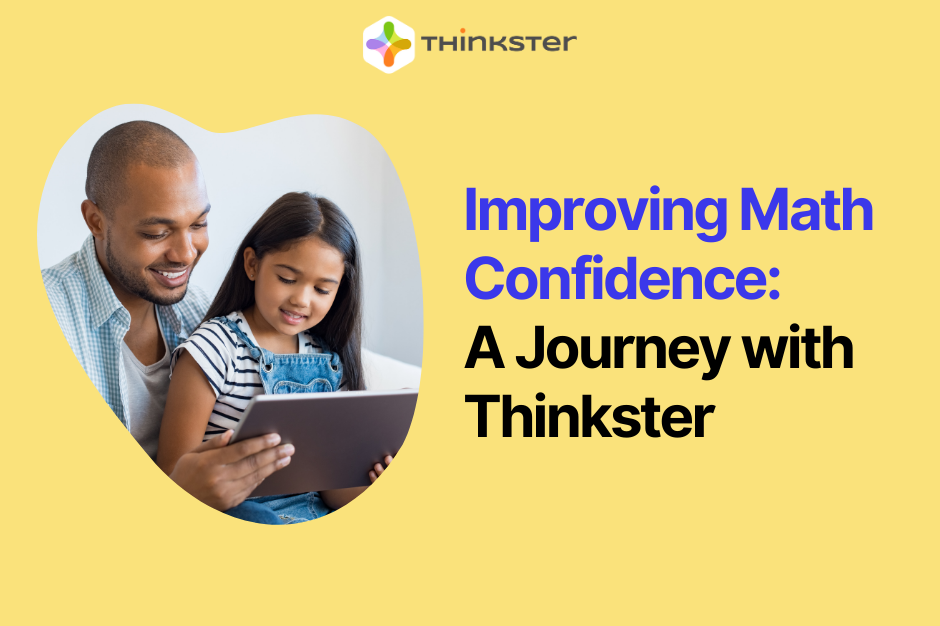
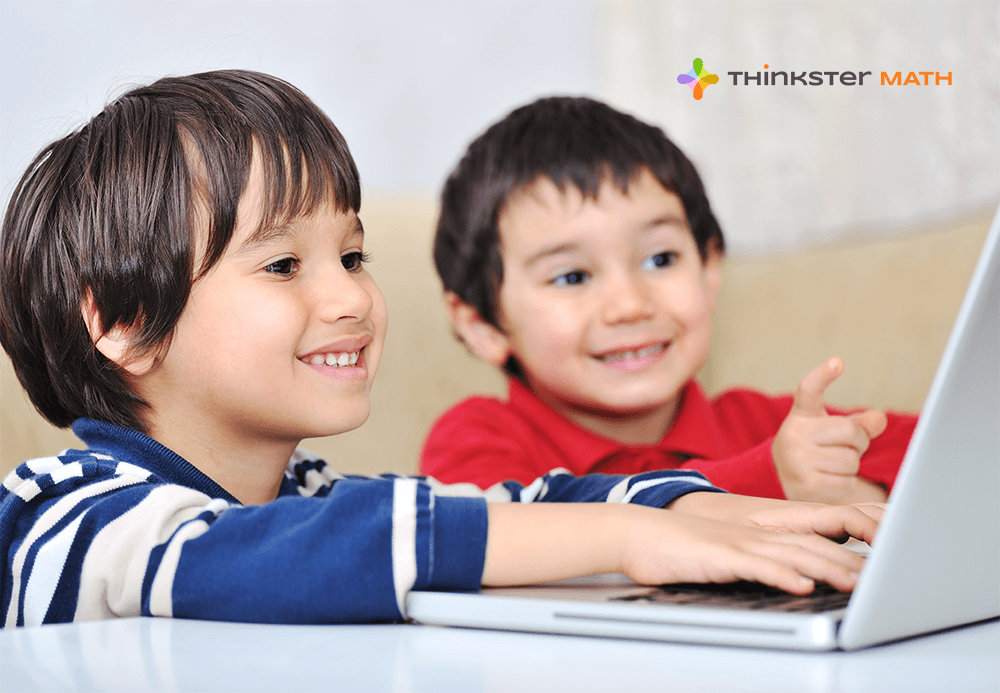
Last Updated on August 31, 2021
Math is such an important part of your child’s education and daily life, and it’s never too early to find ways to give your student a little extra math help. Whether your student is falling behind or you just want to provide them a little more support so that doesn’t happen, there are lots of reinforcements you can use for your kindergartener.
In fact, you can find everything from traditional math worksheets to math help websites geared toward younger learners. These are some great ways to support your student’s math learning at home while making it fun and giving them a comfortable, safe space to practice their skills without added pressure.
How Much Math Should a Kindergarten Student Know?
Kindergarten is a time for the building blocks of learning, as students prepare to take on more complex concepts, problems, and subjects. Schools vary on what exactly is expected for your student to know at this level, but there are some standard concepts you can work on during this important early year in your child’s education.
Counting is essential to math, so this is an important first step for any young learner. If your child can already count to 10, they’ll have a great foundation to learn more. In kindergarten, students will learn to count higher than they have previously, often with a goal of getting to 100 by the end of the year. Research for the National Governors Association Center Project on Early Mathematics, for example, found that early knowledge of math strongly predicts later success in other subjects, even into high school, and that problems with math are the best predictor of failing to graduate from high school or college.
Kindergarten students may also begin to learn basic addition and subtraction. They’ll work on understanding what numbers represent and how they can be used to represent quantities.
This is a time where they are introduced to spatial thinking and 2D and 3D shapes, as well as concepts of time, measurement, and categorization. They should begin to understand “more than” and “less than” and arrange objects in size order. They also should be able to draw basic math shapes, such as circles, triangles, and squares. The non-profit organization Sesame Workshop has a very interesting website called Math is Everywhere that provides many tools for parents and kids to use.
Making Math Fun For Kindergarten Students
We know that math is not fun for everyone, and for many students, it becomes a chore and something they are forced to do, especially in later years with harder math topics. But kindergarten is a great time to instill a love of math in students by making it fun and weaving it into everyday activities. Understanding the connection between math and real-life experiences can make learning it more meaningful for your student.
Kindergarten Math Activities
There are a variety of math activities that you can use at home to spark your kindergartener’s interest in math. Look for activities that are simple to understand while showing the common occurrence of math in everyday life. This is a great way to ease your student into the idea that math is all around them and not something to dread!
The goal is to have fun with your student while they’re learning math concepts – whether they realize that’s what’s happening or not.
Here are a few example math activities for kindergarten students from Scholastic:
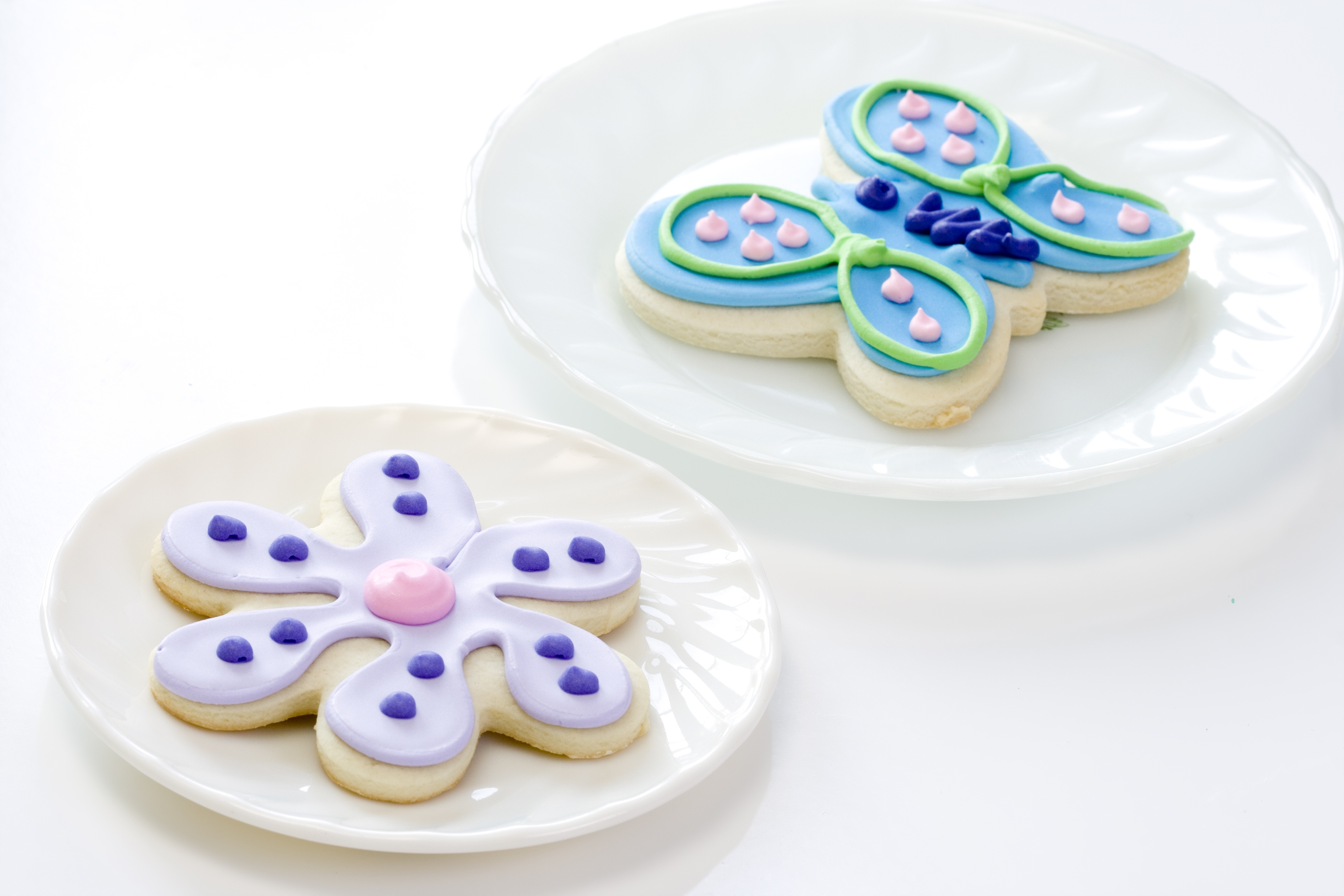
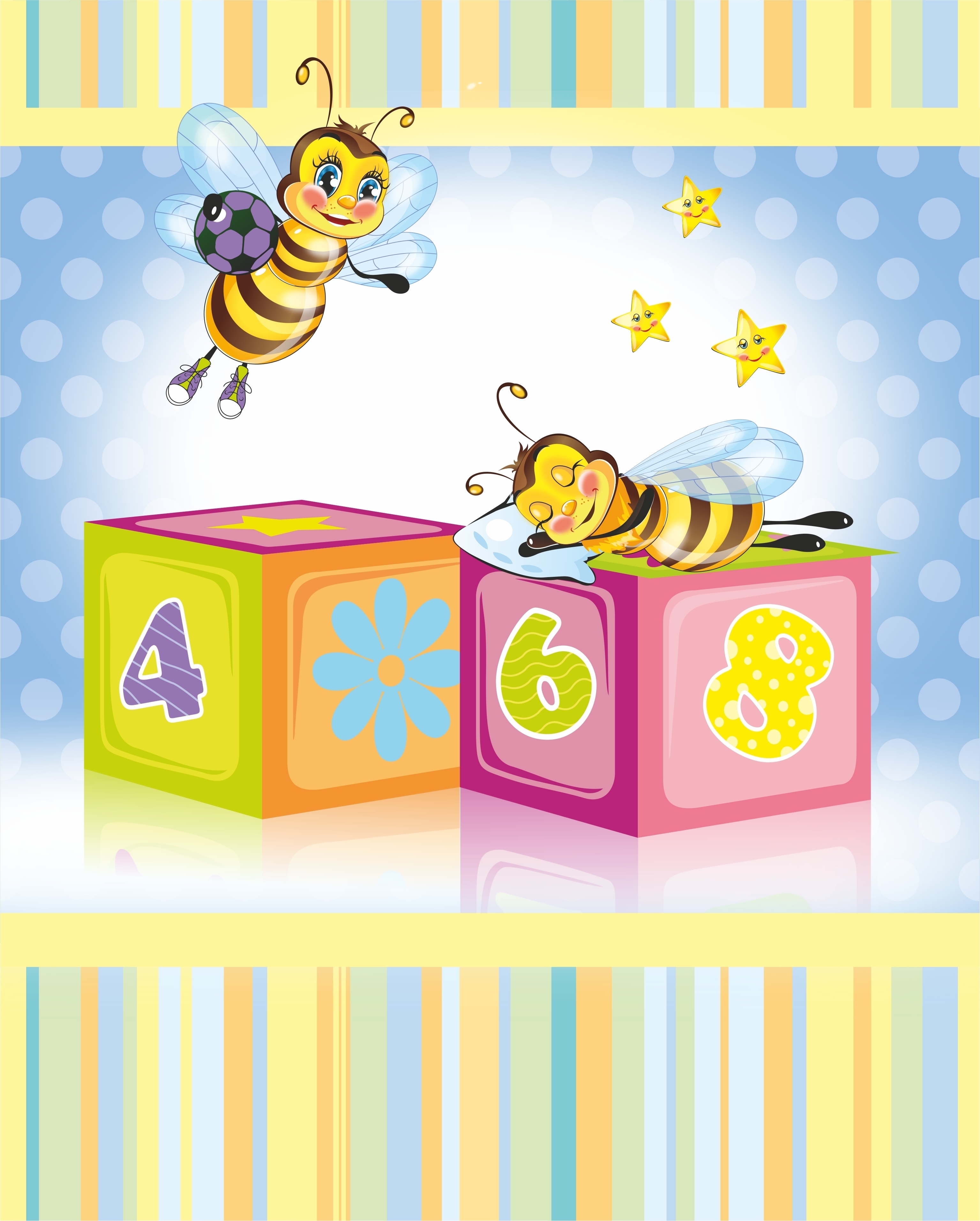
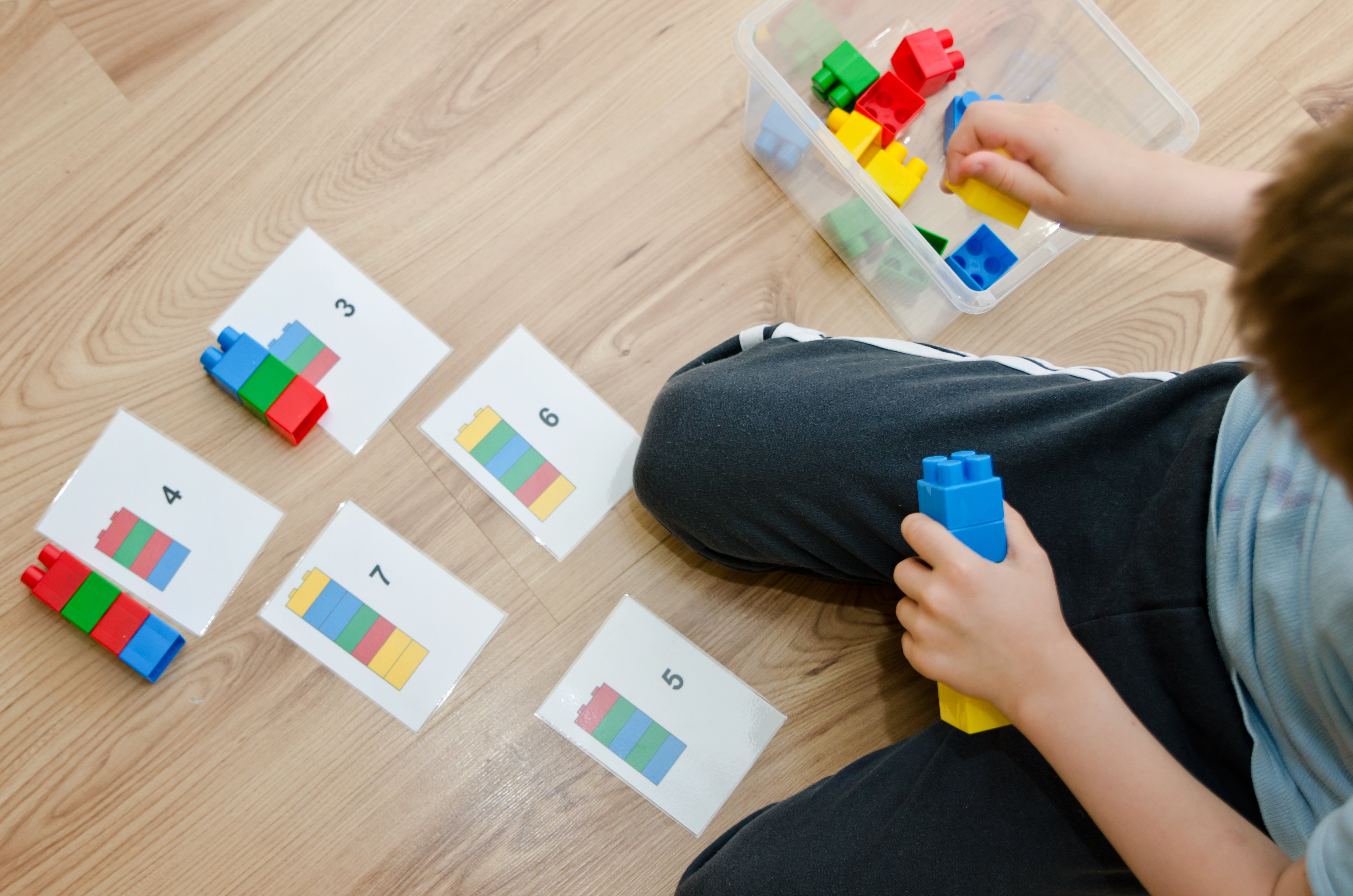

You can also find a number of activity ideas at Education.com. Many of their ideas use holiday themes for creative math activities, such as making a Christmas addition tree, making paper pumpkin numbers for Halloween or stringing “100 Days of School” beads.

These are just a few examples of the many fun math activities you can work on with your student. Take their specific interests in mind and get creative, getting everyone in the family involved – this can turn math learning into a fun activity for the entire family.
Kindergarten Math Games
Another fun way to learn math for kindergarten students is to play math games. These can be math-specific games or other games that just happen to have math included. At this age, students can learn math concepts from puzzles, building toys, blocks, and more.
For kindergarten students, you can use dice or dominoes to play math games. Use multiple dice rolls and have them add the numbers as they roll them or roll a certain number and ask them what you would need to roll next to get another number. With dominoes, your student may not be able to play a full game, but you can have them match up blocks that have the same number and then count how many there are of each.
Another fun game could also be the memory game where you have cards or papers face down and you turn them over one at a time looking for matches. When you find a match you can take those off the board. The key is to remember where certain numbers are so you can make the most matches. Try using a combination of numbers and quantities of objects to strengthen these specific skills.
You can also add math to arts and crafts by asking your student to draw pictures using certain math shapes or having them draw a certain number of an object. For example, ask them to draw a house and have them tell you what shapes are used or ask them to draw 10 dogs or cats to practice counting while drawing.
PBS Kids has a great website with math games that you can check out as well.
The more engaged these young students are with the activity, the more effective their math learning will be.
Kindergarten Math Worksheets and Math Help Websites
Math worksheets may not always be as much fun for your student as math games, but they’re a great way to give your student extra practice.
A quick web search will show you that there are a ton of math help websites available as well. At Thinkster, we offer math worksheets through our program but also games, word problems, and one-on-one math tutoring. You’ll get daily grading and feedback from your dedicated tutor, to see exactly where your student is struggling and thriving.
Understanding the Struggling Student
If your child is clearly struggling with math concepts, it can feel frustrating. But instead of forcing your student to sit down and repeat problems, The New York Times’ Elizabeth Green offers a few tips:
Moreover, it’s important that your math teaching focuses on the actual concepts, not just memorizing. As we discussed in this article about critical thinking vs. rote memorization, the former helps children retain and internalize the information, which can, in turn, boost motivation and even help with other life skills.
Tying It All Together
Using fun math activities, games, or math help websites geared toward kindergarten students specifically are fun ways to help your child learn without overwhelming them. You don’t want to bombard your student with too much math too soon, or concepts that are too difficult before they are ready. This is a good way to turn them off to math before they even really get started.
At this age, we recommend you look for the types of activities mentioned above that they will enjoy and want to continue doing. Keep it as fun as possible without adding in too much pressure to be perfect.
The Thinkster Curriculum Begins with Kindergarten
At Thinkster, we offer math help for students as young as kindergarten. This is an excellent time to strengthen their math skills, even if they’re not having any issues keeping up. A proper math foundation can give them a leg up when it comes to learning more complex concepts later on.
Our math help website offers unlimited math worksheets with video tutorials and daily feedback, test preparation, homework help and online tutoring sessions. Your student will work with experienced math professionals and a world-class curriculum that is customized to their needs. Our goal is to create lifelong math learners, and the earlier you start the better!
You can give Thinkster a try right now for 7 days with our free, no-risk trial. We invite you to dive in and see what you and your student can accomplish.

